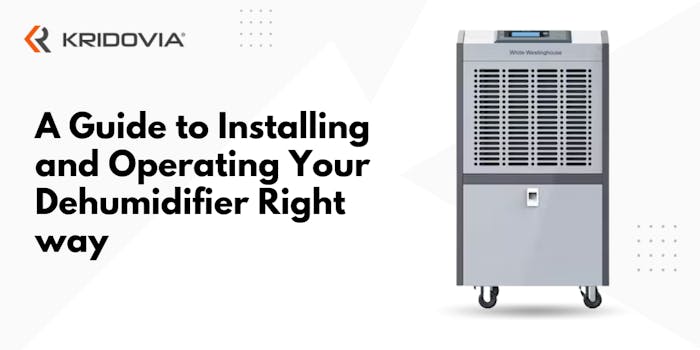Allowing humidity to fluctuate may harm both your house and your health and in worst-case circumstances, both at the same time. But in this case, thankfully you don't need a costly gadget to maintain the correct humidity level in your home. A whole home dehumidifier system is what you'll need.
Dehumidifier for house can remove moisture from the air, preventing mold and mildew growth. Otherwise, humidity can create breathing problems and unpleasant germs on the walls and ceiling.
The effectiveness of your dehumidifier will depend on how you install and operate it. Before setting up your new appliance, consider the location, drainage, and correct maintenance. Your dehumidifier will remove moisture from the air and save costly repairs if it is set up correctly.
You can rely on any top brand for your Dehumidifier supplier like White Westinghouse Dehumidifier.
This blog will guide you in Installing and Operating Your Dehumidifier.











